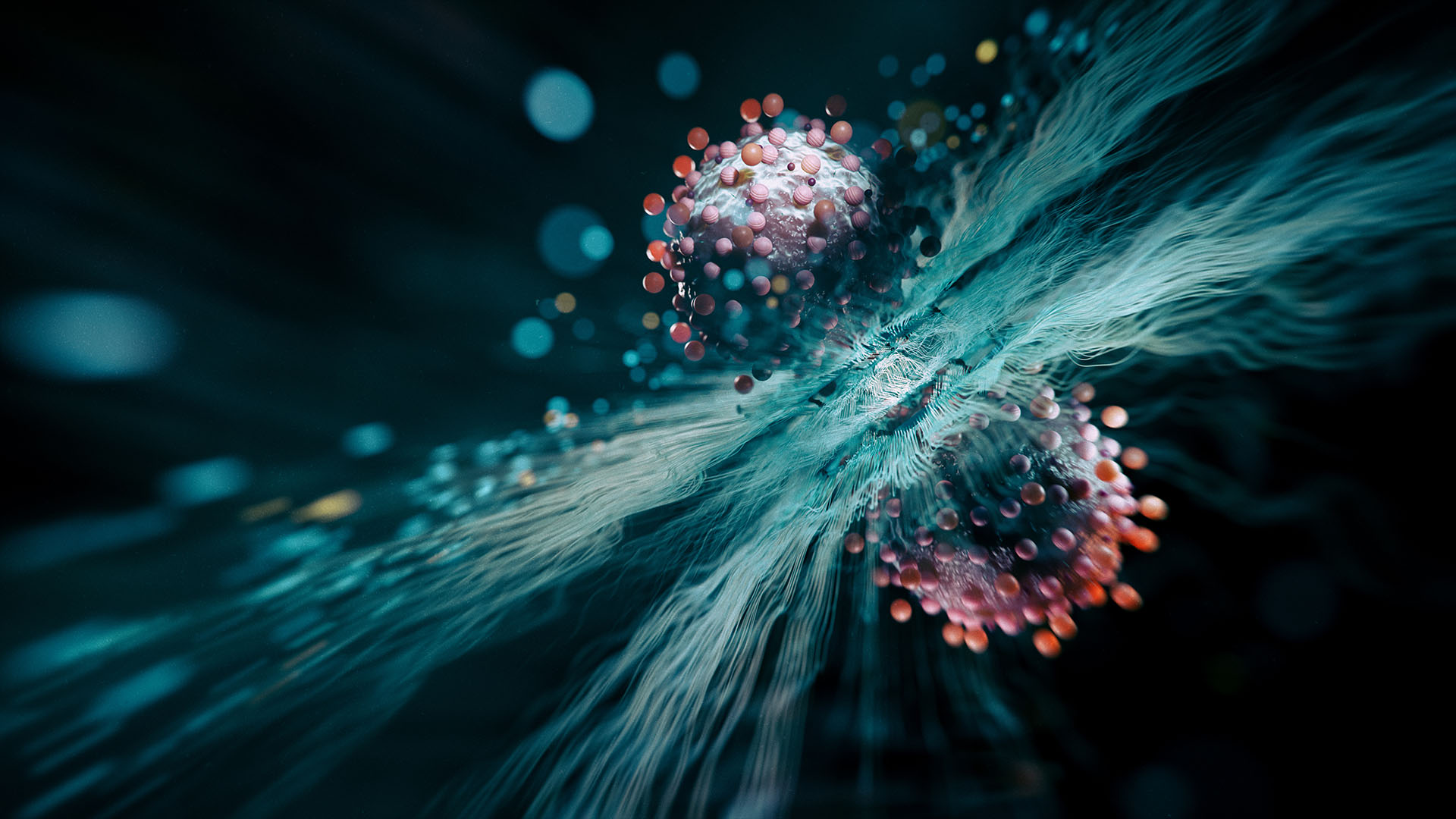
Physicists at the world’s largest particle accelerator have made a first-of-its-kind discovery about antimatter that could help solve one of the universe’s biggest mysteries.
The discovery — made at the Large Hadron Collider (LHC) at CERN, near Geneva — has revealed that a short-lived cousin of protons and neutrons, the beauty-lambda baryon, decays at a different rate than its antimatter counterpart.
Called charge-parity (CP) violation, this effect refers to particles of opposite charge, like matter and animatter, behaving differently. It’s a crucial explanation for why matter was able to dominate over antimatter in the early universe — without it, the universe would be an empty void.
Despite being a key reason why we’re here in the first place, the amount of CP violation predicted by the Standard Model of particle physics is far too small to explain the abundance of matter in our universe.
What’s more, this violation has previously been only detected in particles made up of quark-antiquark pairs, called mesons. It has not been observed in baryons — three-quark particles, such as protons and neutrons, that make up most of the universe’s visible matter.
Related: ‘The Majoron’ — a bizarre particle that’s its own opposite — could explain the biggest mysteries of the universe, scientists claim
This first-of-its-kind detection has changed that, potentially opening up an avenue to search for physics beyond the Standard Model. The researchers presented their findings March 24 at the Rencontres de Moriond conference in La Thuile, Italy, and posted a non-peer-reviewed study on the preprint server arXiv.
“The reason why it took longer to observe CP violation in baryons than in mesons is down to the size of the effect and the available data,” Vincenzo Vagnoni, a spokesperson for the Large Hadron Collider beauty (LHCb) experiment that made the detection, said in a statement. “It took over 80,000 baryon decays for us to see matter–antimatter asymmetry with this class of particles for the first time.”
The broth of creation
According to the standard model of cosmology, in the aftermath of the Big Bang, the young cosmos was a roiling plasma broth of matter and antimatter particles that popped into existence and annihilated each other upon contact.
Theory predicts that the matter and antimatter inside this plasma soup should have annihilated each other entirely. But scientists believe that some unknown imbalance — likely CP violation in decays involving the weak nuclear force — enabled more matter than antimatter to be produced, sparing it from self-destruction.
To search for CP violation in baryons, the researchers at the LHCb combed through data of the countless particle interactions (where protons collide roughly 25 million times a second) that occurred between 2009 and 2018.
They tallied up the decays of the beauty-lambda baryon by searching for the telltale paths made by its decay products — a proton, a kaon and a pair of oppositely charged pions — alongside the decays of its corresponding antimatter counterpart.
Their analysis revealed that the difference between the decay numbers of beauty-lambda baryons and anti-beauty-lambda baryons was 2.45% from zero with an uncertainty of about 0.47%. This was measured to a statistical significance of 5.2 sigma, passing the the five-Sigma result physicists use as the “gold standard” for heralding a new discovery.
With the finding sealed, the physicists say they will look for even more CP violations when the LHC fires up again in 2030, and collect further data on the key mechanism that likely enabled our universe to exist.
“The more systems in which we observe CP violations and the more precise the measurements are, the more opportunities we have to test the Standard Model and to look for physics beyond it,” Vagnoni said. “The first ever observation of CP violation in a baryon decay paves the way for further theoretical and experimental investigations of the nature of CP violation, potentially offering new constraints for physics beyond the Standard Model.”
This article was originally published Mar 31, 2025.
